Have you ever wondered if your beloved potted plants are silently crying out for a new home? Recognizing the signs that it's time to repot your plants can transform your indoor garden from surviving to thriving. Whether you're a seasoned plant parent or just starting out, understanding these signals ensures your leafy companions remain healthy and vibrant. Dive into this comprehensive guide to discover the tell-tale signs your plants are ready for a bigger pot and how to address them with confidence.
1. Roots Growing Out of Drainage Holes
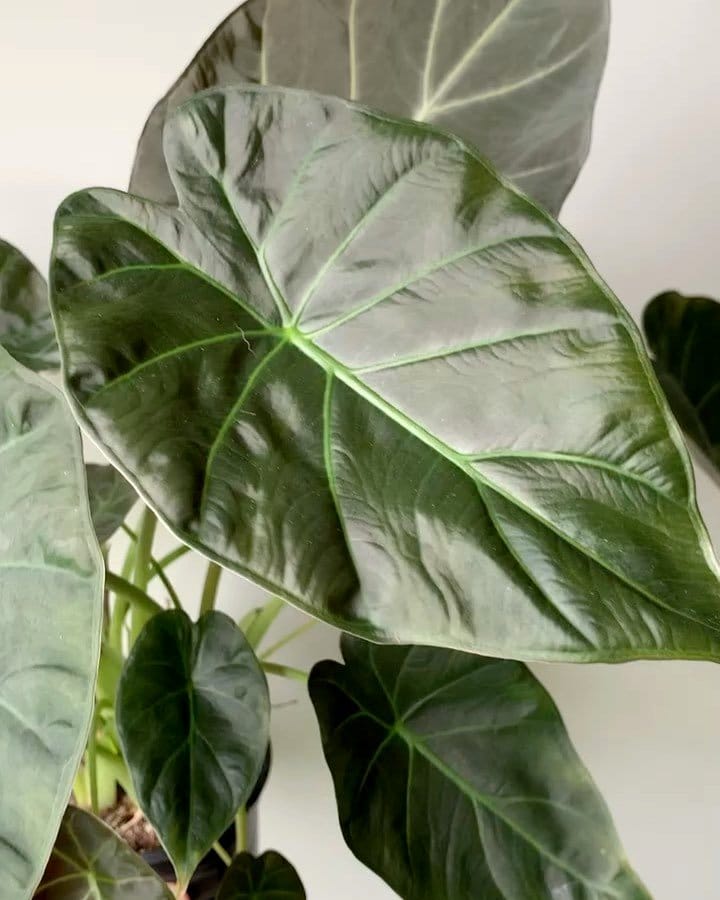
If you notice roots sneaking out of the drainage holes, it’s a clear sign your plant is cramped. Roots seeking escape indicate they need more space to breathe and grow. When you spot this, it's time to consider a larger pot. Gently remove the plant and inspect the root ball. If it's tightly wound, carefully loosen the roots before repotting in fresh soil. This change gives the roots room to expand, promoting healthier growth.
2. Soil Dries Out Quickly After Watering

Does your plant’s soil dry out almost immediately after watering? This could mean the roots have taken over the pot, leaving little room for soil and moisture retention. Check if the roots are densely packed, as they might be absorbing water too quickly. Repotting in a larger container with fresh soil can help retain moisture longer, ensuring your plant stays hydrated and happy.
3. Stunted Growth Despite Proper Care

If you’re providing the right amount of sunlight and water but your plant isn't growing, it might be pot-bound. Stunted growth can signal root restriction. When the roots have nowhere to grow, the plant can't expand. Moving to a larger pot allows the plant to spread its roots and flourish. Ensure you choose a pot only a few inches larger than the current one to avoid shocking the plant.
4. Yellowing Leaves at the Base

Yellowing leaves, especially at the base, might suggest nutrient deficiency, often due to exhausted soil. Over time, soil loses its nutrient content, which is vital for plant health. Repotting refreshes the nutrient supply, giving your plant a much-needed boost. Remember to remove any yellowed leaves to redirect energy to new growth.
5. Roots Circling the Top of the Soil

If you see roots circling the top of the soil, your plant is definitely overcrowded. This root-bound condition stifles growth and can lead to plant stress. Repotting allows you to untangle and trim any excessive roots, encouraging healthier root development. Choose a pot that gives the roots ample room to grow downward instead of around.
6. Broken or Cracked Pot

A broken pot isn't just an eyesore; it’s a sign that your plant has outgrown its home. As roots expand, they exert pressure on the pot, sometimes causing it to break. Repotting into a sturdier, larger container not only improves aesthetics but also supports your plant's growing needs. Opt for a pot with good drainage to prevent future issues.
7. Frequent Wilting
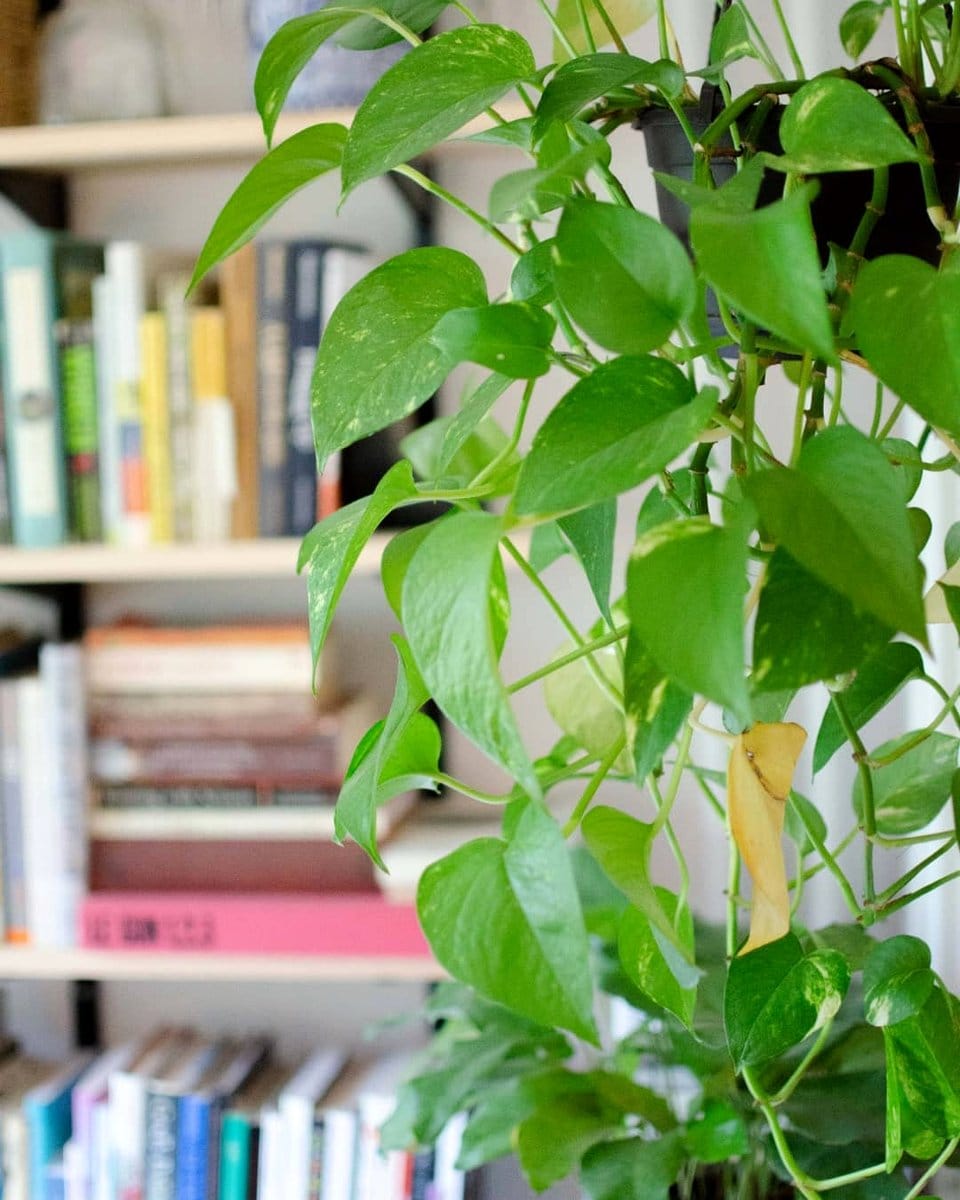
If your plant wilts often despite regular watering, it might be signaling it’s outgrown its pot. When roots are overcrowded, they struggle to absorb water efficiently. A larger pot provides more soil, allowing better water retention and uptake, reducing the stress on your plant. Ensure your new pot has proper drainage to avoid waterlogging.
8. Mold or Fungi on Soil Surface
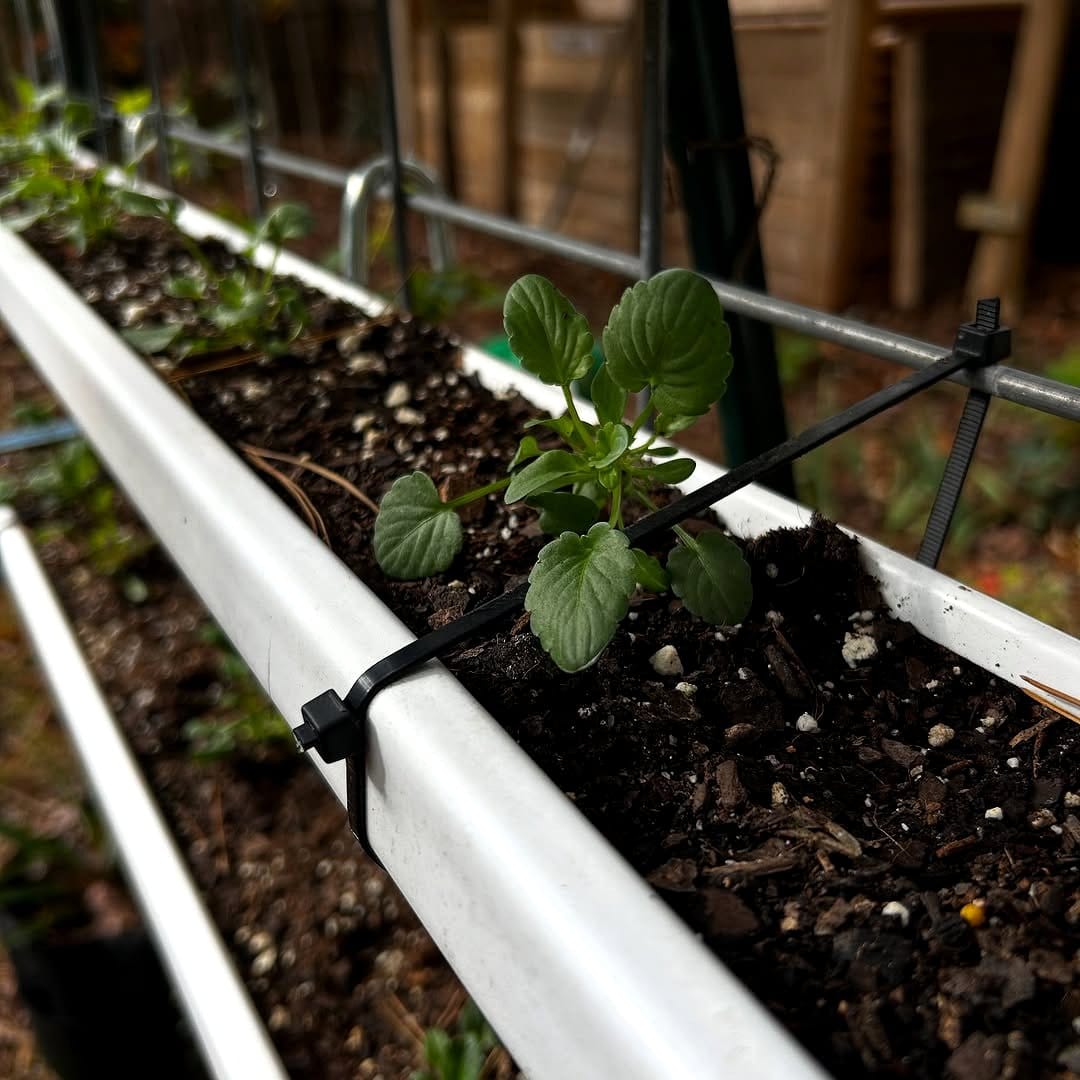
The presence of mold or fungi on the soil surface can be a red flag. It often results from poor drainage or compacted soil, both of which occur in root-bound plants. Repotting into fresh soil with improved drainage can prevent such issues. This refreshes your plant's environment, reducing the risk of disease and promoting healthier growth.
9. Frequent Fertilization Required

If you find yourself constantly needing to fertilize, it might be because the soil is depleted. Over time, plants consume the available nutrients, necessitating frequent fertilization. By repotting with nutrient-rich soil, you reduce the need for constant feeding. This not only saves you time but also ensures your plant receives a balanced diet naturally.
10. Leaves Falling Off Unnaturally

While some leaf drop is normal, excessive leaf loss can indicate stress from being root-bound. When roots can’t expand, the plant sacrifices leaves to conserve energy. Repotting allows the plant to develop new roots and regenerate foliage. After repotting, monitor your plant's recovery by checking for new leaf growth and vibrant color.
11. Soil Compaction

Compacted soil can suffocate roots, preventing them from accessing water and nutrients. If you notice the soil has become hard and dense, repotting is necessary. Refresh the soil with a well-aerated mix to promote healthy root growth. This change improves water retention and nutrient absorption, enhancing your plant’s overall health.
12. Pest Infestation

An unexpected pest invasion can sometimes be linked to poor plant health due to being pot-bound. Overcrowded roots can weaken the plant, making it more susceptible to pests. Repotting can be a part of your pest management strategy, providing a fresh start with healthy soil and space for your plant to recover and strengthen against future invasions.
13. Plant Topples Easily

If your plant easily topples over, it might be top-heavy—a common issue with pot-bound plants. A larger pot provides a stable base, preventing tipping and allowing your plant to grow upright. Ensure the new pot is heavy enough to support the plant’s growth and keep it balanced. This change not only enhances stability but also promotes healthier growth.
14. Brown Leaf Tips
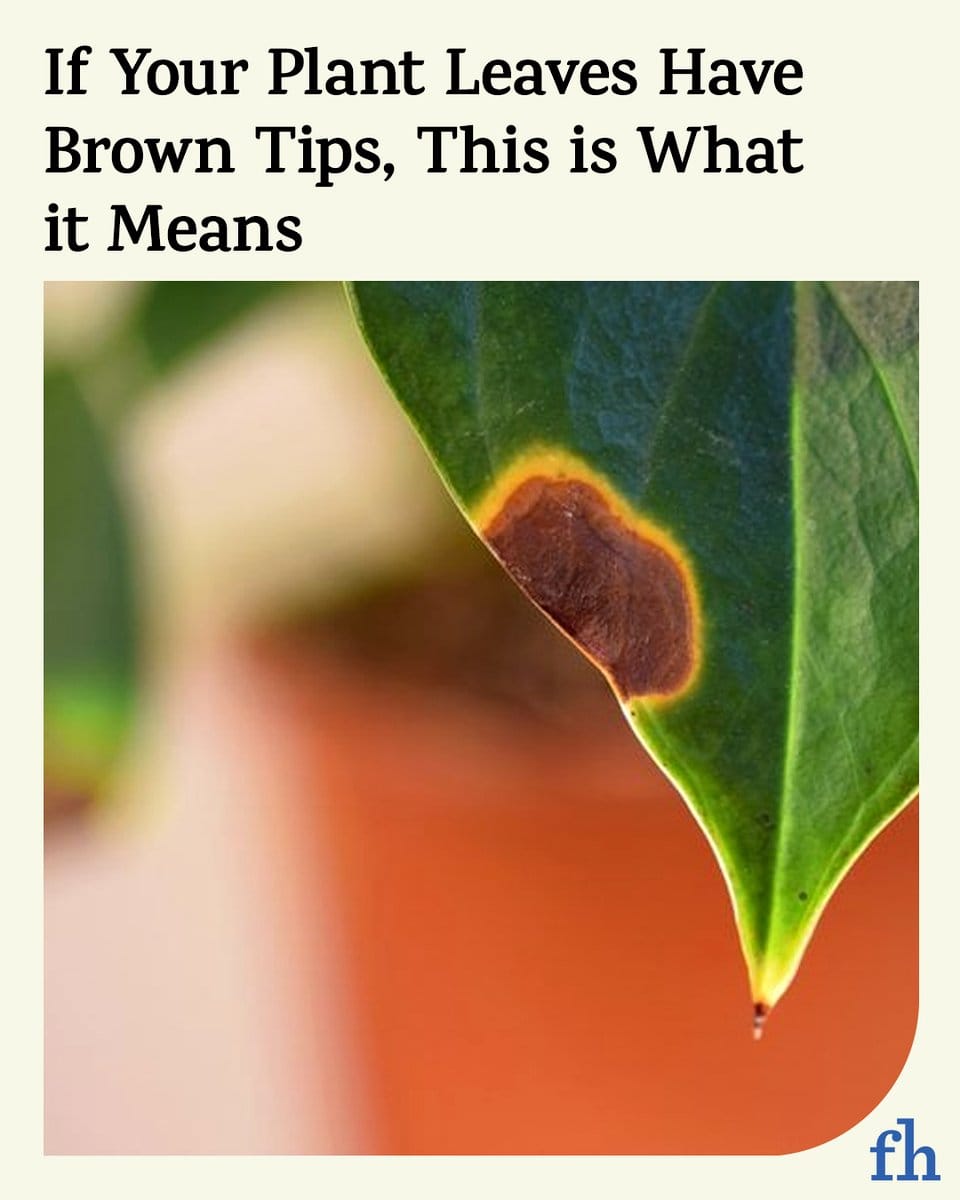
Brown leaf tips can indicate that the roots are stressed from compacted soil or overcrowding. If you notice this, consider repotting to alleviate the stress on the roots. Fresh soil with good drainage can help the plant recover and prevent further browning. After repotting, trim any brown tips to improve the plant’s appearance and health.
15. No New Growth

If your plant seems stuck in time with no new growth, it might be signaling its need for more space. A lack of new leaves or stems often means the plant is root-bound and can’t expand further. Repotting into a slightly larger pot can rejuvenate the plant, encouraging fresh growth and vitality.
16. White Crust on Soil Surface

A white crust on the soil surface is often a build-up of salts and minerals from water and fertilizers, common in compacted, old soil. This can hinder plant health by affecting nutrient uptake. Repotting refreshes the soil, removing these deposits and giving your plant a fresh, clean environment to thrive in.
17. Slow Drainage or Standing Water

If water sits on the soil surface long after watering, it’s a sign of poor drainage, often due to compacted soil in a root-bound plant. Repotting with a new, well-draining soil mix can resolve this issue. This change ensures water can flow freely, preventing root rot and promoting healthier plant growth.
18. Overcrowded Leaves or Stems

When leaves or stems become densely packed, blocking light and air, it might be time to repot. Overcrowding can stifle growth and lead to fungal issues. By moving to a larger pot, you allow the plant to spread out, improving air circulation and light penetration, both crucial for healthy development.
19. Plant Has Outgrown Its Pot
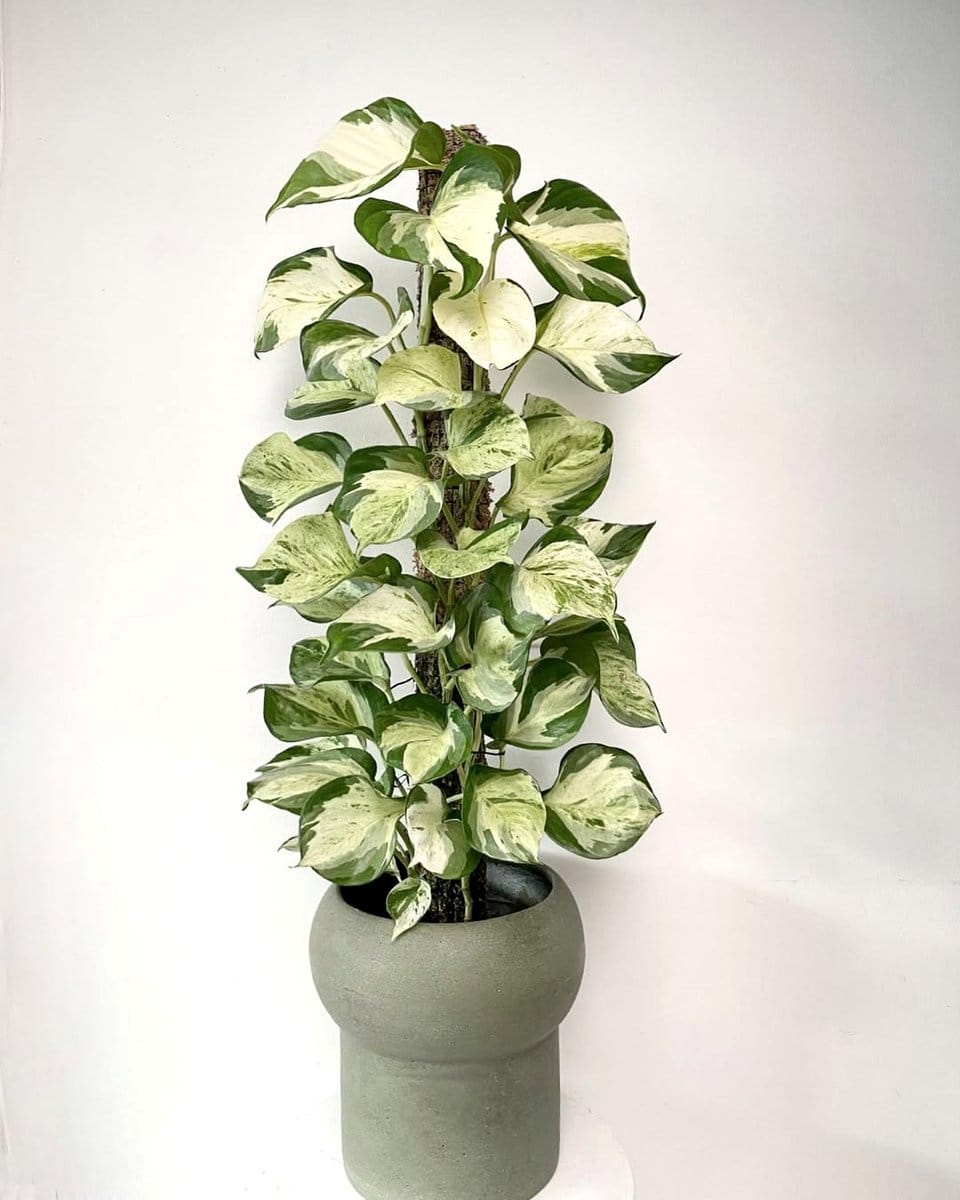
If your plant looks like it's bursting out of its pot, it’s a clear sign it needs more space. A larger pot will accommodate its growth, allowing roots to stretch and the plant to continue thriving. Choose a pot that complements your plant’s size and growth pattern to maintain balance and aesthetic appeal.
20. Leaves Curling or Distorted

Leaves that are curling or appear distorted can signal stress from being root-bound. When roots are constricted, the plant can’t absorb nutrients properly, leading to leaf deformities. Repotting into a larger container with fresh soil can alleviate this stress, allowing the plant to recover and produce healthy foliage.
21. Reduced Flowering

If your flowering plant has reduced blooms, it might be due to being pot-bound. Limited root space can affect flowering, as the plant focuses on survival rather than reproduction. Repotting provides the roots with more room and resources, encouraging a return to vibrant, abundant flowering.
Final Thoughts
Recognizing these plant repotting signs ensures that your indoor garden remains lush and vibrant. By acting promptly when you notice any of these indicators, you give your plants a better environment to grow and thrive. Remember, repotting is more than just a cosmetic change; it's a crucial step in maintaining plant health. So, grab your gardening gloves and give your green friends the space they deserve. Your thriving indoor oasis awaits!
